Art that is written on the body endures long after the body itself is gone. Nothing makes this as brutally clear as Unit Bruises, the inaugural curation of Michael Dang at the Richmond Art Gallery.
The exhibition pairs the work of Vancouver-based artists Theodore Wan and Paul Wong.
Wan, who died in 1987 of sinus cancer, isn’t as well-known as Wong, who has been a force in the Vancouver cultural community for decades. While they never formally collaborated, they were contemporaries working in adjacent creative practices. As Chinese Canadian artists working in 1970s Vancouver, a period when conceptual art was largely dominated by white men, they were subject to the same socio-political forces. There are many curious echoes and parallels in their work, namely their dual focus on the human body.
In his curatorial essay that accompanies the exhibition, Dang traces the connective tissue between the two artists: “All of the works in Unit Bruises are self-portraits, in some form, in which the respective artists turned the camera onto themselves and pushed their own bodies to their limits.”
For Theodore Wan, quixotic humour with a darker edge
Wan’s investigations of physicality ran from the micro to the macro. Case in point: the accurately titled Scanning Electron Microscope Photographs of the Artist’s Sperm, which is pretty much exactly what it sounds like. On the macro range of his work, he features aerial photographs of the town of Theodore, Saskatchewan, which took its name from the unfortunately named Theodora Seaman.
What these differently scaled projects have in common is the quizzical, quixotic sense of humour that animates much of Wan’s work. This capricious yet serious intent is most evident in Name Change (1977), a piece that documents the artist changing his name from Theodore Fu Wan to Theodore Sasketche Wan, after the tiny Canadian town.
Dang locates the impetus for this work in the “theme of assimilation... change that satirically signalled an immigrant fully integrated into dominant Canadian culture and ‘its’ land.”
This piece wasn’t Wan’s first exploration with alter-ego identities. During his studies at the University of British Columbia, he took on the moniker Mr. Normal, dressing to suit the epithet with formal attire, hats, ties and suits. Later in his career, Wan used the names Theo and Ted, as he took up the practice of photographing exotic dancers and porn performers including Linda Lovelace.
Questions of identity, belonging and diaspora are all layered in, but there is gentleness to Wan’s humour that leavens the sharper edge.
Born in Hong Kong, Wan moved to Canada in 1967 at age 13 with his parents. Throughout the show, his body features large. Photo-based installations feature the artist painting his nude torso with a pre-surgical antiseptic that not only functions in the images as a delineation of the procedures themselves (notably all the surgeries were related to women), but also speaks to the order and chaos of illness and health.
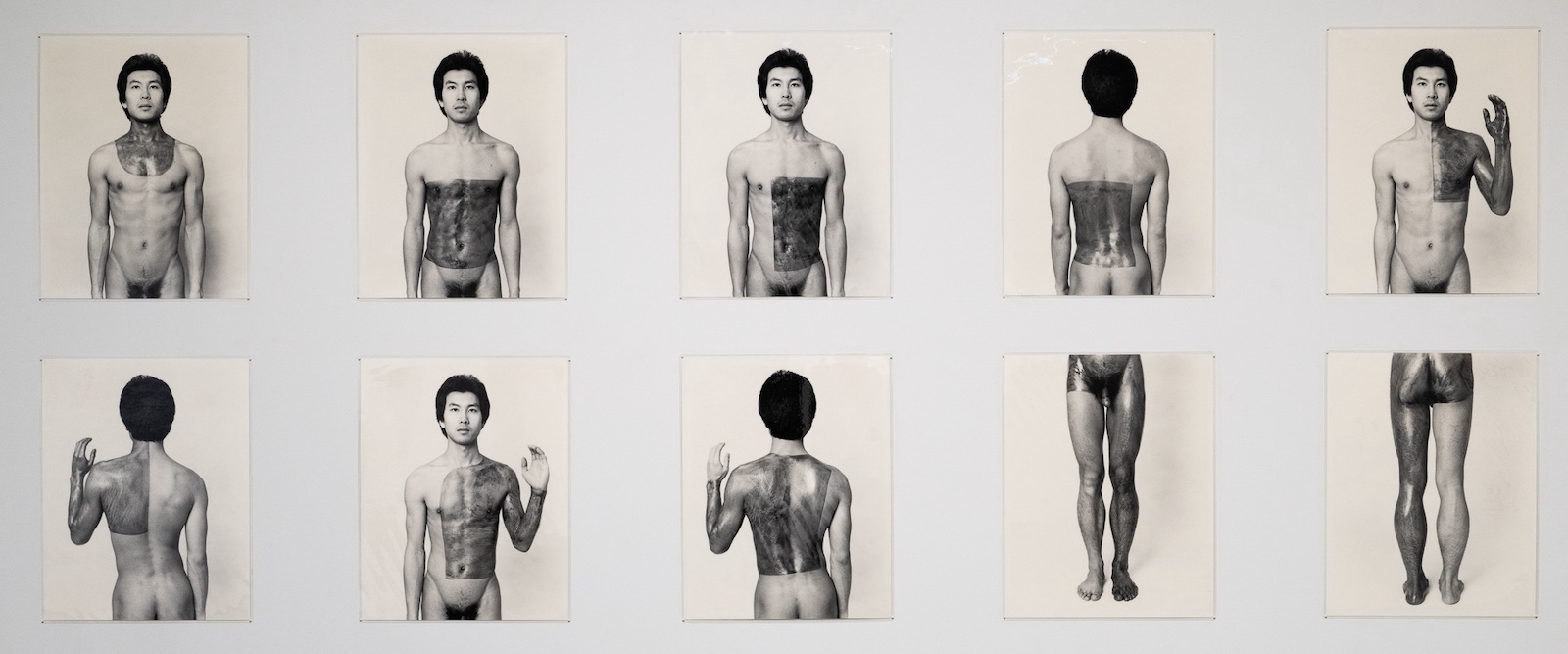
Finding the divine on Hornby Island
Another performance piece that exemplified Wan’s interest in the body and the body politic was an installation that featured the naked artist, suspended by his arms and legs, reading from the Book of Ecclesiastes in the bucolic setting of Hornby Island.
Created in the summer of 1975, the performance site was chosen not only for its idyllic beauty, but also because of the presence of famous painters like Jack Shadbolt and Tom Burrows, who owned property on the island. Standing, or rather suspended, on the outside of the established art world, Wan’s work poked at the borders, posing questions about privilege, place and cultural difference.
Often Wan’s images serve two different, albeit connected, functions. In Bound by Everyday Necessities, the artist and a real live nurse named Linda Mills in a starched white uniform demonstrated how to affix patients with spinal injuries to special beds that mostly resemble medieval torture devices.
As meticulous as the images themselves was their placement (on the lucky 13th floor of the Victoria General Hospital in Halifax, for example), where hospital staff initially understood them to be instructional in nature. The different positions that the beds could conform to were ostensibly to aid patients in eating, urination and other bodily concerns.
As the exhibition information for the work explains: “The series functioned as either works of conceptual art or instructional illustrations depending on the viewing context, an intervention that reflected Wan’s continual interest in the Duchampian readymade.” The element of quirky humour is again a big part of the work.
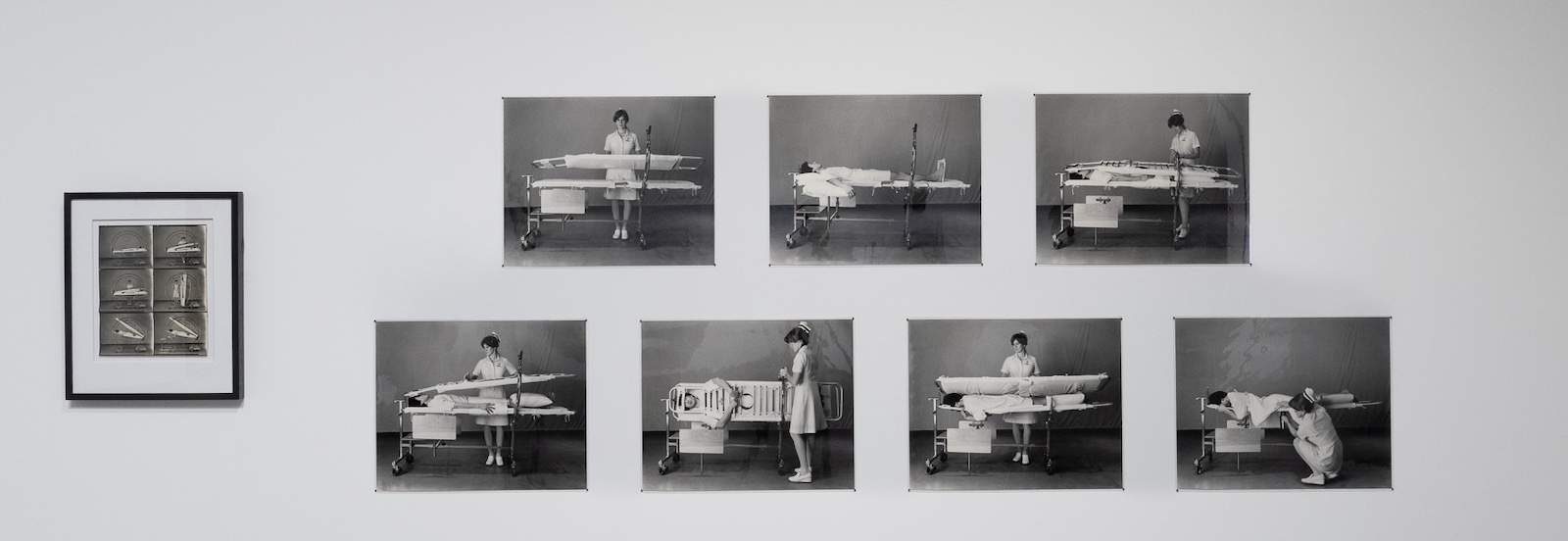
Connected via time and place, Wan’s and Wong’s works are intensely different in their manifestations. The clinical coolness of Wan’s work stands in marked contrast to Wong’s, raw with barely repressed violence, which breaks out into explicit demonstrations of rebellion and provocation, but also love and grief.
Paul Wong: punky, punchy and everlasting
The video work that gives the exhibition its title features Wong and his former partner Kenneth Fletcher exchanging blood in a symbolic act of brotherhood. The video installation combines two different works: 60 Unit; Bruise and 50/50.
Thought to be lost for close to 50 years, 50/50 was recently rediscovered in 2022. Wong edited the two together, and the presentation at the Richmond Art Gallery is the first time that the two have been shown as they were originally intended. Other, more bodily concerns like acne make up the meat of 7 Day Activity, where Wong films himself applying skin care to combat his pimples.
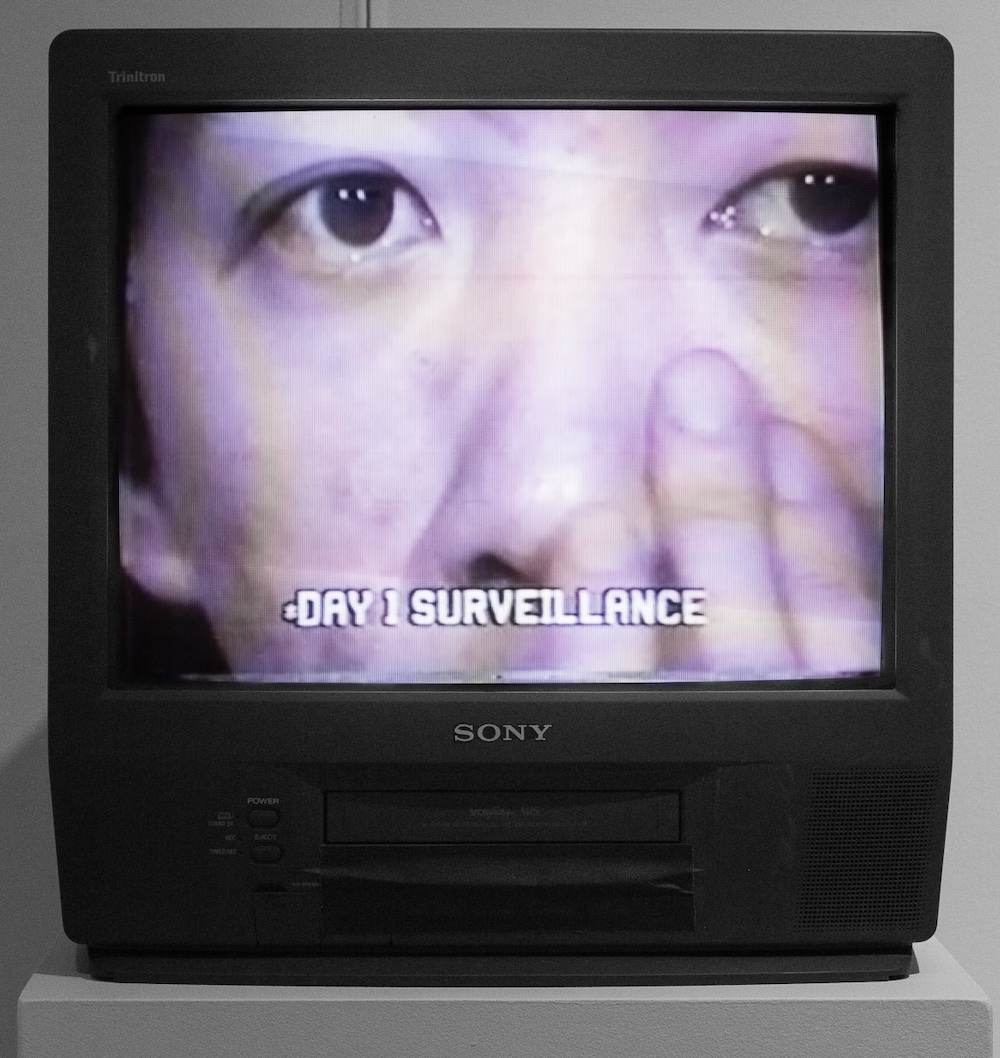
Born in Prince Rupert, Paul Wong found one of his first creative communities at Sir Charles Tupper Secondary, an East Vancouver high school renowned for its chippy toughness. It was here that Wong met the folks who would become an art gang known as the Mainstreeters. The idea of an art gang seems oddly sweet, but make no mistake: this was a group out to make a blunt impact on stodgy old Vancouver.
It is In ten sity, a video installation and performance work enacted on Dec. 7, 1978, at the Vancouver Art Gallery, that most embodies Wong’s approach. The work was dedicated to Wong’s partner Fletcher, who had taken his own life. In a blue eight-by-eight constructed cell, Wong filmed himself moshing to punk music for 25 minutes, while gallery attendees watched and cheered. It is curious to read reviews of the work many years after the event itself.
Art Perry, writing for Vanguard Magazine, sums it up succinctly: “As Wong’s slow pacing and wall assaulting became more intense the audience picked up the momentum of his energies. The intensity of the performance became overpowering. Not knowing how far Wong had planned his own movements, one began to wonder if he was indeed going to bash himself into unconsciousness as some observers had predicted. The whole scene took on an aura of a prize fight and we were watching dumb and stunned into a bank of monitors, hoping for a KO.”
The piece, captured on grainy video, retains its impact. Most of the work in the show is decades old, but it still packs a hell of a punch. Many of the ideas addressed in the show — alienation, grief, belonging, identity, loss — resonate as powerfully as they did when first created.
‘Unit Bruises: Theodore Wan and Paul Wong, 1975-1979’ runs until June 30 at the Richmond Art Gallery. ![]()
Read more: Art
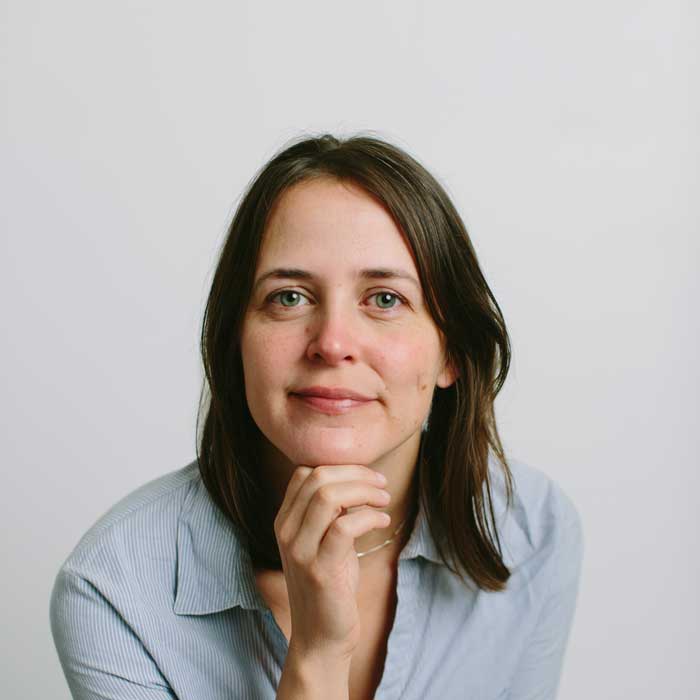



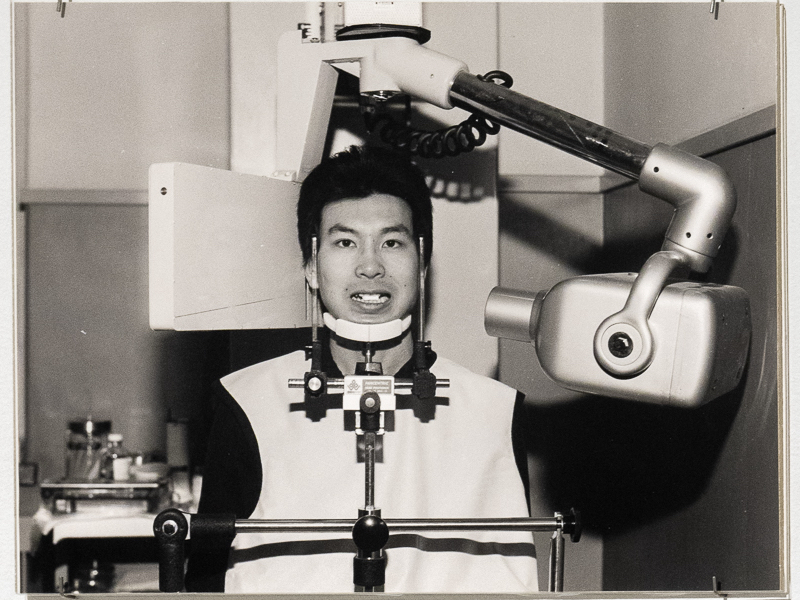
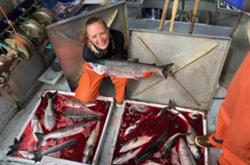

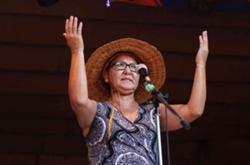
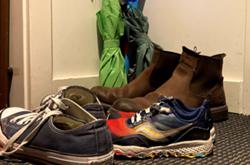


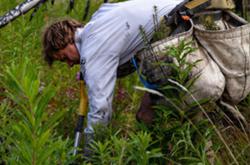

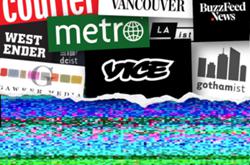


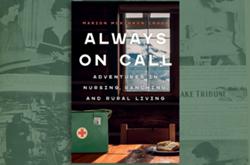
Tyee Commenting Guidelines
Comments that violate guidelines risk being deleted, and violations may result in a temporary or permanent user ban. Maintain the spirit of good conversation to stay in the discussion and be patient with moderators. Comments are reviewed regularly but not in real time.
Do:
Do not: